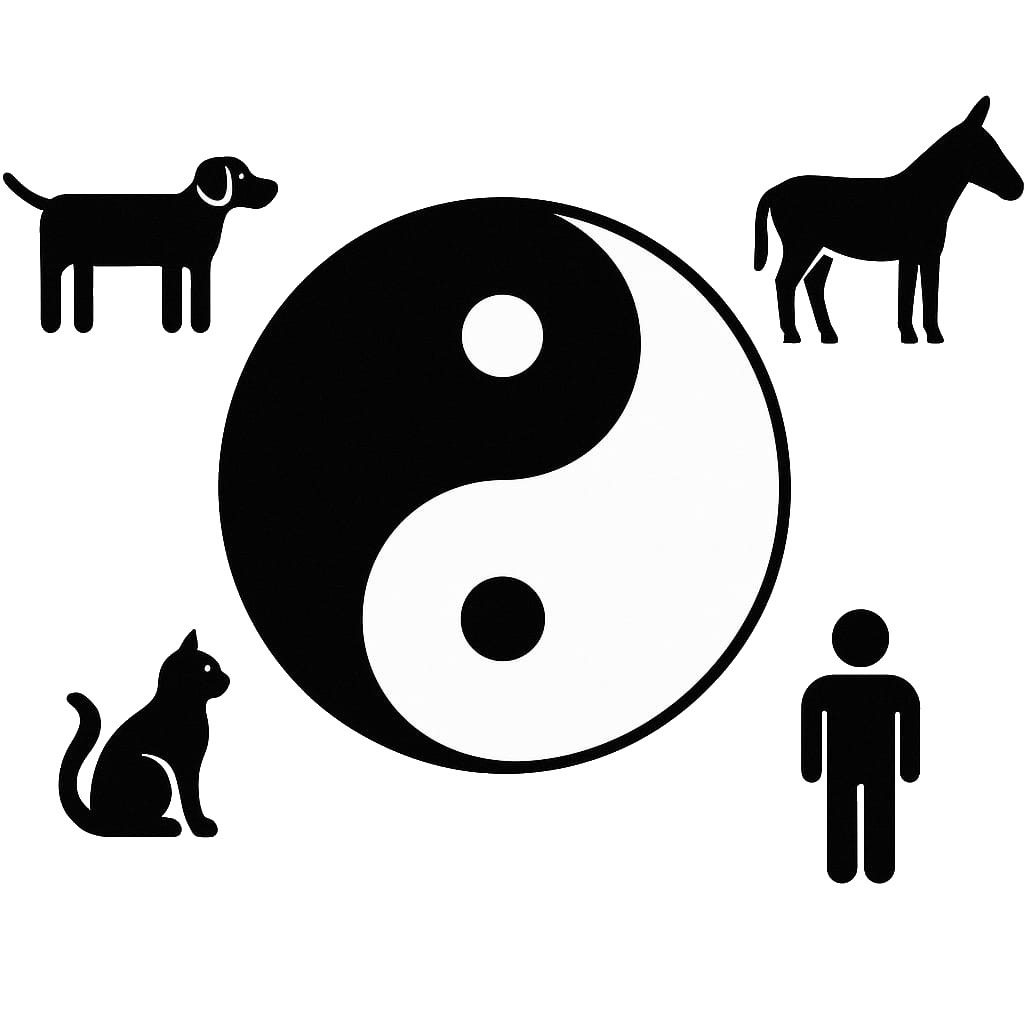It has been known in Chinese medicine for thousands of years that our lives depend on energies that we cannot grasp with our conscious senses. Many renowned scientists have taken up this hypothesis and examined it with the possibilities of modern technology. In 1975, for example, the German physicist DR. Fritz Albert Popp detected light emissions (photons) in cells. Our life therefore has to do with vibrations. This means that every living being has an individual vibration spectrum that can be used therapeutically. Both Reiki energy and organetics attempt to harmonize altered vibrations and thus restore the animal's original healthy vibration. This can lead to the solution of behavioral or physical problems (the introduction of new animals into the home or the overcoming of fears and traumas and much more). It also helps to build a positive and respectful relationship with the animals.
